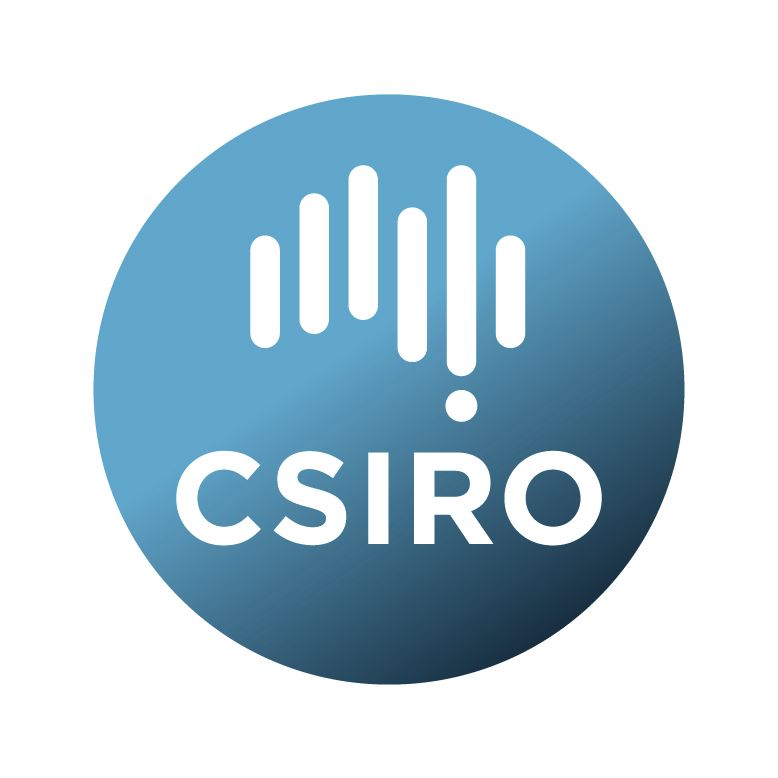Brief description
Following the extreme flood event of 2011, samples were collected from various sites in Moreton Bay 1 week, 2 weeks, 6 weeks, 19 weeks and 48 weeks post flood. The samples were analysed for TSM, pigment concentration and composition, absorption co-efficients of particulate ( phtyoplankton and non-algal) and dissolved (CDOM) components and phytoplankton species identification and abundance.Lineage: Water samples were taken on-board the vessel and stored under cool and dark conditions until filtering took place on land. Samples were analysed and QC procedures were carried out in the Bio-Analytical facility, CSIRO Marine Labs, Hobart.
For pigment analysis, 4 litres of sample water was filtered through a 47 mm glass fibre filter (Whatman GF/F) and then stored in liquid nitrogen until analysis. To extract the pigments, the filters were cut into small pieces and covered with 100% acetone (3 mls) in a 10 ml centrifuge tube.
The samples were vortexed for about 30 seconds and then sonicated for 15 minutes in the dark. The samples were then kept in the dark at 4 °C for approximately 15 hours.
After this time 200 µL water was added to the acetone such that the extract mixture was 90:10 acetone:water (vol:vol) and sonicated once more for 15 minutes.
The extracts were centrifuged to remove the filter paper and then filtered through a 0.2 µm membrane filter (Whatman, anatope) prior to analysis by HPLC using a Waters Alliance high performance liquid chromatography system, comprising a 2695XE separations module with column heater and refrigerated autosampler and a 2996 photo-diode array detector. Immediately prior to injection the sample extract was mixed with a buffer solution (90:10 28 mM tetrabutyl ammonium acetate, pH 6.5 : methanol) within the sample loop.
Pigments were separated using a Zorbax Eclipse XDB-C8 stainless steel 150 mm x 4.6 mm ID column with 3.5 µm particle size (Agilent Technologies) with gradient elution as described in Van Heukelem and Thomas (2001).
The separated pigments were detected at 436 nm and identified against standard spectra using Waters Empower software. Concentrations of chlorophyll a, chlorophyll b, b,b-carotene and b,e-carotene in sample chromatograms were determined from standards (Sigma, USA or DHI, Denmark).
For Absorption coefficients: 4 litres of sample water was filtered through a 25 mm glass fibre filter (Whatman GF/F) and the filter was then stored flat in liquid nitrogen until analysis. Optical density spectra for total particulate matter were obtained using a Cintra 404 UV/VIS dual beam spectrophotometer equipped with an integrating sphere.
For CDOM: water filtered through a 0.22 Durapore filter on an all glass filter unit. Optical density spectra was obtained using 10 cm cells in a Cintra 404 UV/vis spectrophotometer with Milli-q water as a reference. \t
For TSM: determined by drying the filter at 60°C to constant weight; the filter may then be muffled at 450°C to burn off the organic fraction. The inorganic fraction is weighed ad the organic fraction is determined as the difference between the SPM and the inorganic fraction.
For Phytoplankton ID and abundance: A surface water sample was collected in a 200 mL plastic bottle preserved using Lugol’s solution and stored at 4°C before concentrating using a sedimentation technique (Hötzel and Croome, 1999) to a final volume of 10 mL. Phytoplankton identification and enumeration (Tomas, 1997;Hallegraeff et al., 2010) to the lowest possible taxon was undertaken using a Leica DMLS standard compound microscope equipped with phase contrast (maximum magnification x400). Phytoplankton abundance was estimated by counting up to 100 cells of the most dominant taxa using the Lund cell method (Hötzel and Croome, 1999). For some taxa, species-level identification was not possible using routine light microscopy and, in these instances, individuals were identified to genus level (e.g., Chaetoceros spp., Pseudo-nitzschia spp., and Thalassiosira spp.). Trichodesmium erythraeum filaments were converted to cell counts using a conversion factor (30 cells filament-1) that was obtained by averaging cell counts of 40 filaments (standard deviation, 6.4 cells filament-1). Cell biovolume was calculated on the geometric shapes and associated equations assigned for microalgae ((Hillebrand et al., 1999).
Available: 2020-12-16
Data time period: 2011-01-19 to 2011-12-21
Subjects
Environmental Sciences |
Other Environmental Sciences |
Other Environmental Sciences Not Elsewhere Classified |
extreme flood |
phytoplankton |
pigments, Moreton Bay |
User Contributed Tags
Login to tag this record with meaningful keywords to make it easier to discover
Identifiers
- DOI : 10.25919/GF5W-9711

- Handle : 102.100.100/385996

- URL : data.csiro.au/collection/csiro:47691



